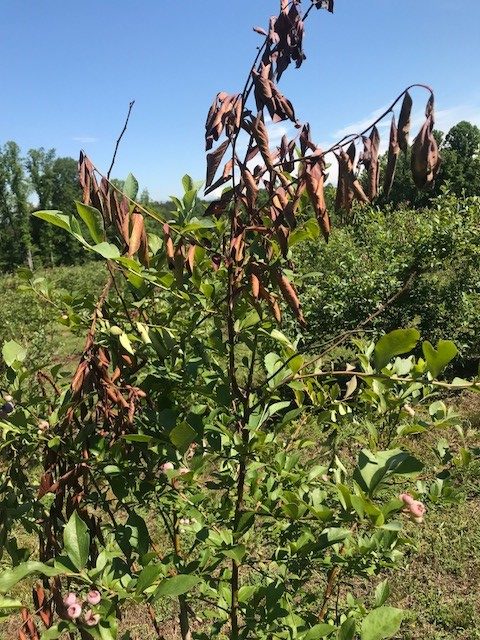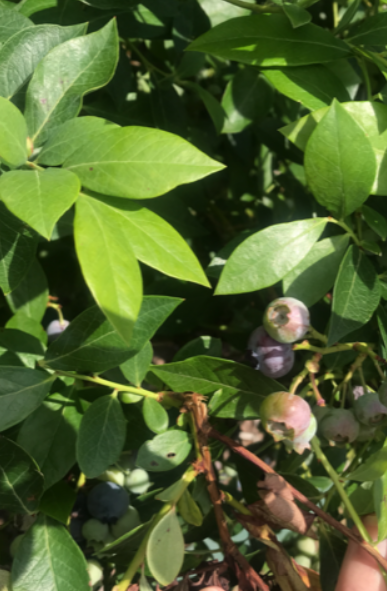Damage from Periodical Cicadas
go.ncsu.edu/readext?707180
en Español / em Português
El inglés es el idioma de control de esta página. En la medida en que haya algún conflicto entre la traducción al inglés y la traducción, el inglés prevalece.
Al hacer clic en el enlace de traducción se activa un servicio de traducción gratuito para convertir la página al español. Al igual que con cualquier traducción por Internet, la conversión no es sensible al contexto y puede que no traduzca el texto en su significado original. NC State Extension no garantiza la exactitud del texto traducido. Por favor, tenga en cuenta que algunas aplicaciones y/o servicios pueden no funcionar como se espera cuando se traducen.
Português
Inglês é o idioma de controle desta página. Na medida que haja algum conflito entre o texto original em Inglês e a tradução, o Inglês prevalece.
Ao clicar no link de tradução, um serviço gratuito de tradução será ativado para converter a página para o Português. Como em qualquer tradução pela internet, a conversão não é sensivel ao contexto e pode não ocorrer a tradução para o significado orginal. O serviço de Extensão da Carolina do Norte (NC State Extension) não garante a exatidão do texto traduzido. Por favor, observe que algumas funções ou serviços podem não funcionar como esperado após a tradução.
English
English is the controlling language of this page. To the extent there is any conflict between the English text and the translation, English controls.
Clicking on the translation link activates a free translation service to convert the page to Spanish. As with any Internet translation, the conversion is not context-sensitive and may not translate the text to its original meaning. NC State Extension does not guarantee the accuracy of the translated text. Please note that some applications and/or services may not function as expected when translated.
Collapse ▲They may be gone, but the cicadas are not forgotten. Various plants around the county are showing footprints as to where the periodical cicadas emerged. The tips of branches on these plants are turning brown. Many of them are barely hanging on by slim pieces of bark. Numerous ones have been blown off from the wind. Oak trees and blueberry bushes seem to be experiencing the most damage from the periodical cicadas. While research shows this damage does not typically kill a plant unless it is young or is not healthy, it could set the plant up for future problems.
A best management practice for blueberries would include pruning these damaged areas out of blueberry plants. This will help decrease the potential for diseases like stem blight to infect the blueberry plant. Stem blight is a fungus that enters the plant through wounds and causes rapid death of individual canes and entire bushes.








